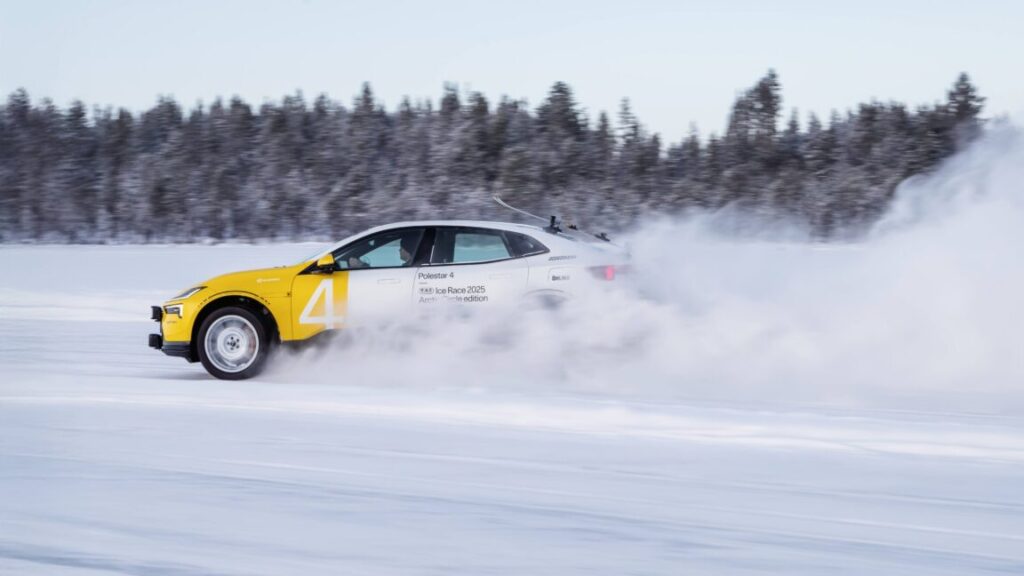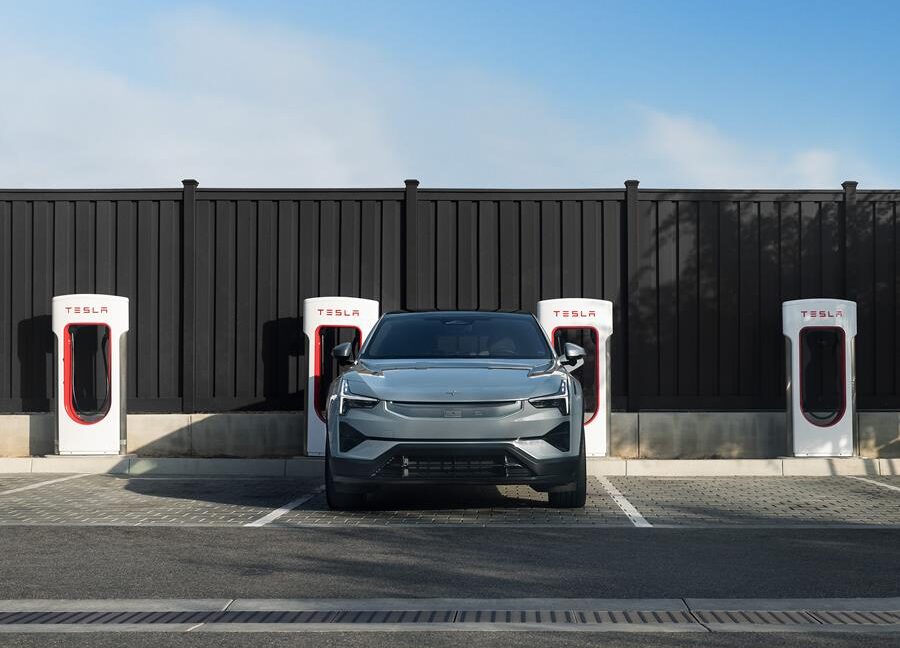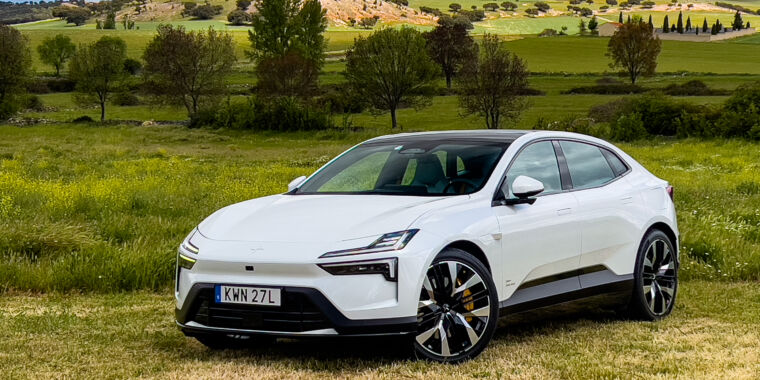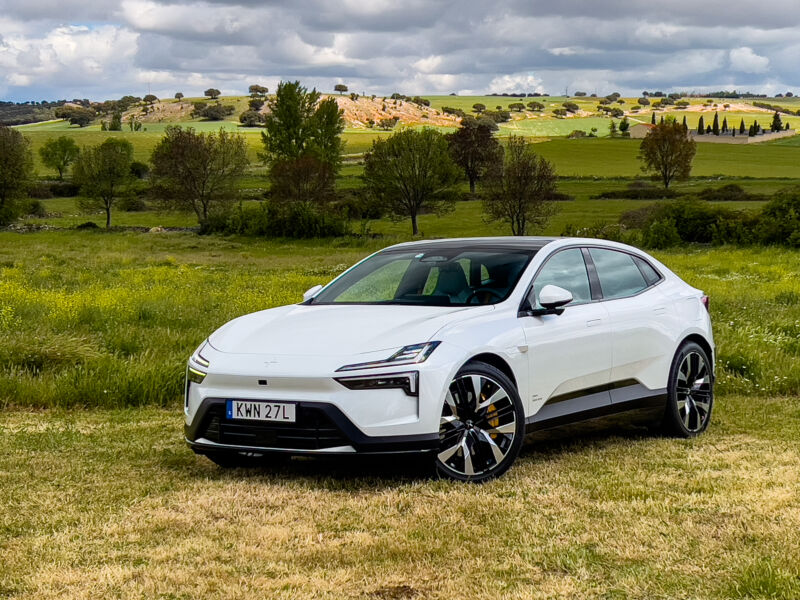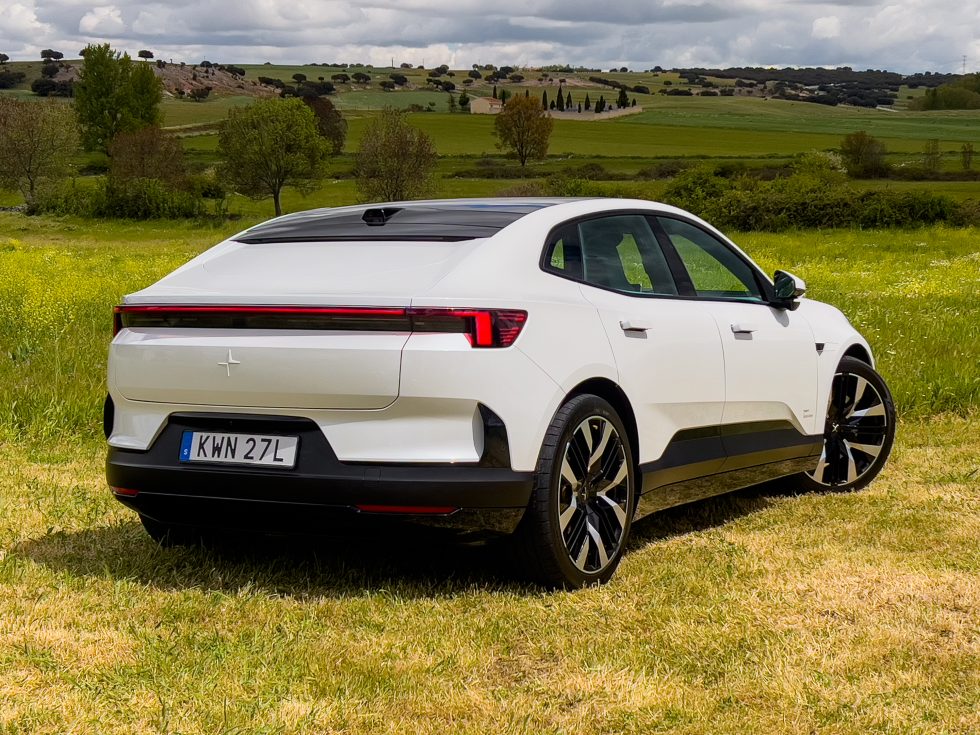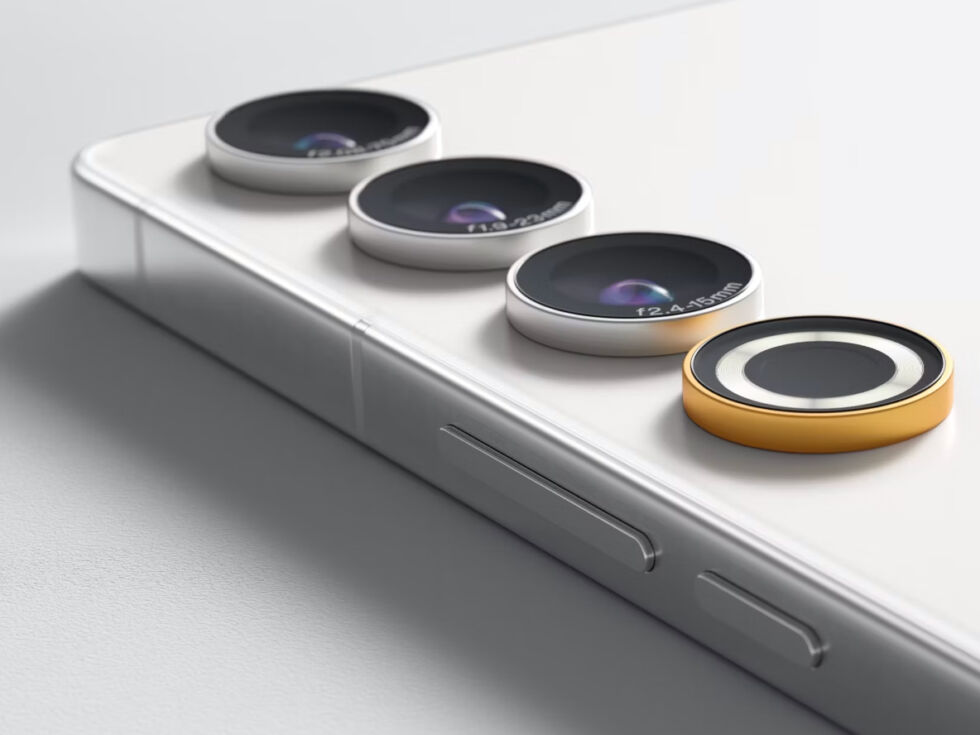How Polestar engineers EVs that can handle brutal winters
LULEA, Sweden—Staring out the window of a puddle jumper descending from Stockholm into Lulea, I spy frozen seawater for the first time in my life. Not nearly as much as I expected, though, for the middle of February at the northern end of Sweden. I’ve flown here to drift electric Polestars on an icy lake called Stor-Skabram, near the small outpost of Jokkmokk, fully above the Arctic Circle. Yet the balmy weather serves as a constant reminder of the climate change that inspires much of the narrative around the electric vehicle industry.
EVs on ice
An opportunity to get somebody else’s cars sideways as much as possible on ice and snow is a particularly enjoyable way to spend a day, if you like driving cars. More importantly, automotive manufacturers rely on this kind of winter testing to fine-tune traction and stability-control programming, ensuring their cars can work well in the depths of the deepest winter. For EVs in particular, winter testing presents a more complex range of equations.
First of all, an EV can’t ever turn the electronic nannies off entirely, because electric motors will rev to the moon with instantaneous torque the very instant their tires lose traction. So while software uses wheel speed sensors and regenerative braking, as well as accelerometers that detect yaw rates, each EV needs to then maintain progressive output responses to driver inputs that allow for confident performance and safety simultaneously.
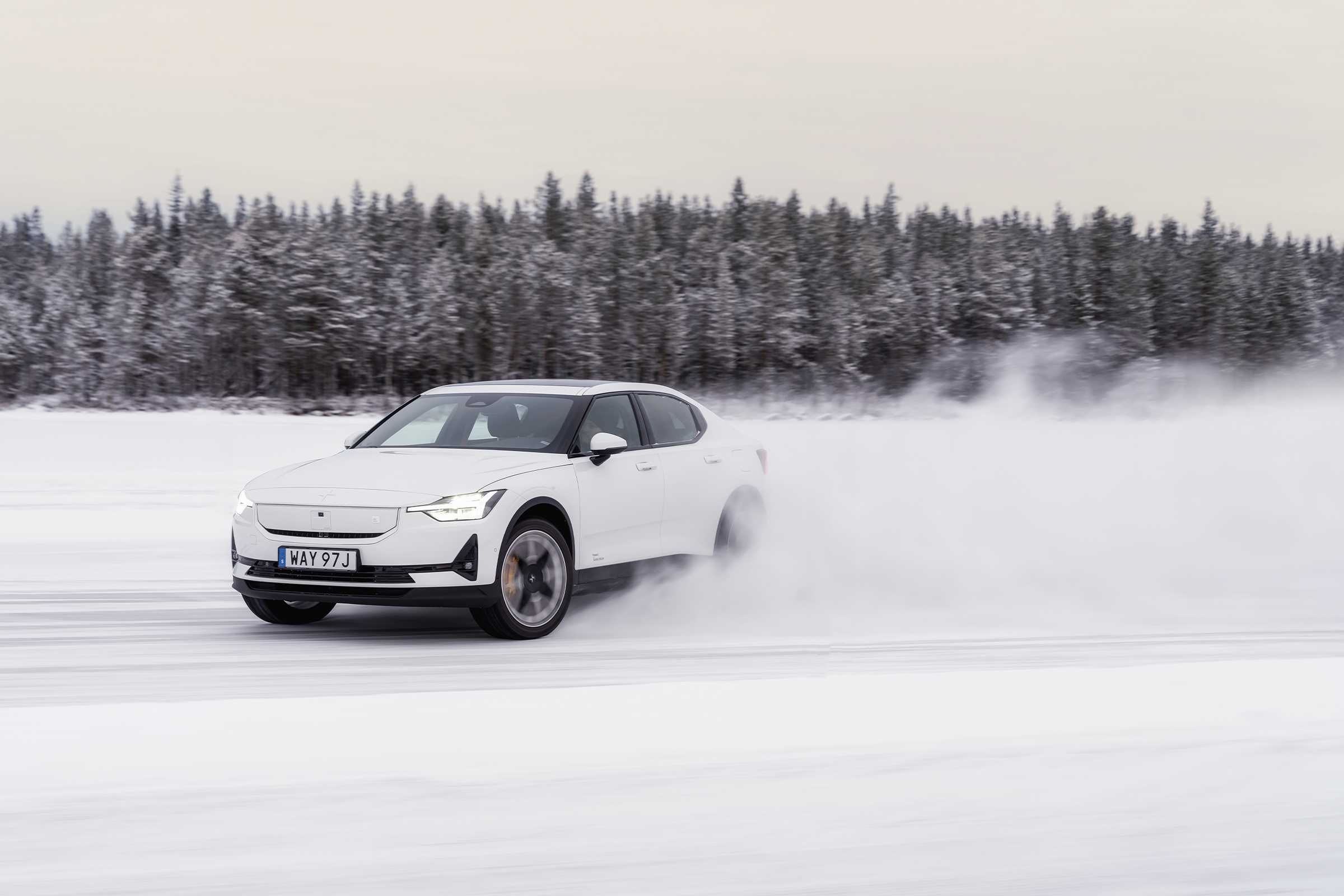
Credit: Polestar
Then there’s the issue of battery performance in cold weather, since chemical cells don’t respond to frigid temps as well as simpler mechanical systems. For Polestar, these challenges seem extra important given the company’s Scandinavian roots—even while nestled within the current Geely umbrella. (Then again, a bit of contrarianism springs up while considering Polestar’s ubiquitous sustainability messaging, given the carbon footprint of flying journalists all the way to the top of the globe to enjoy some winter testing.)
Screaming around the frozen lake, I quickly forget my moral qualms. Despite temperatures hovering around freezing at midday, the ice measures about a meter thick (39.3 inches). That measurement seems scant from behind the wheel of a heavy EV, even as the Swedes assure me that ice as thin as 25 cm (9.8 in) will suffice for driving cars and just 80 cm (31.5 in) will support train tracks and actual trains.
And they should know, since Polestar Head of Driving Dynamics Joakim Rydholm told me he spends upwards of four months every winter testing here in Jokkmokk. Each year, Polestar sets up a trio of circuits, two smaller tracks within one larger loop, where I spend the day jumping between the minimalistically named 2, 3, and 4 EVs. Each wears winter tires with 2-millimeter studs to allow for plenty of slip and slide but also enough speed and predictability to be useful.
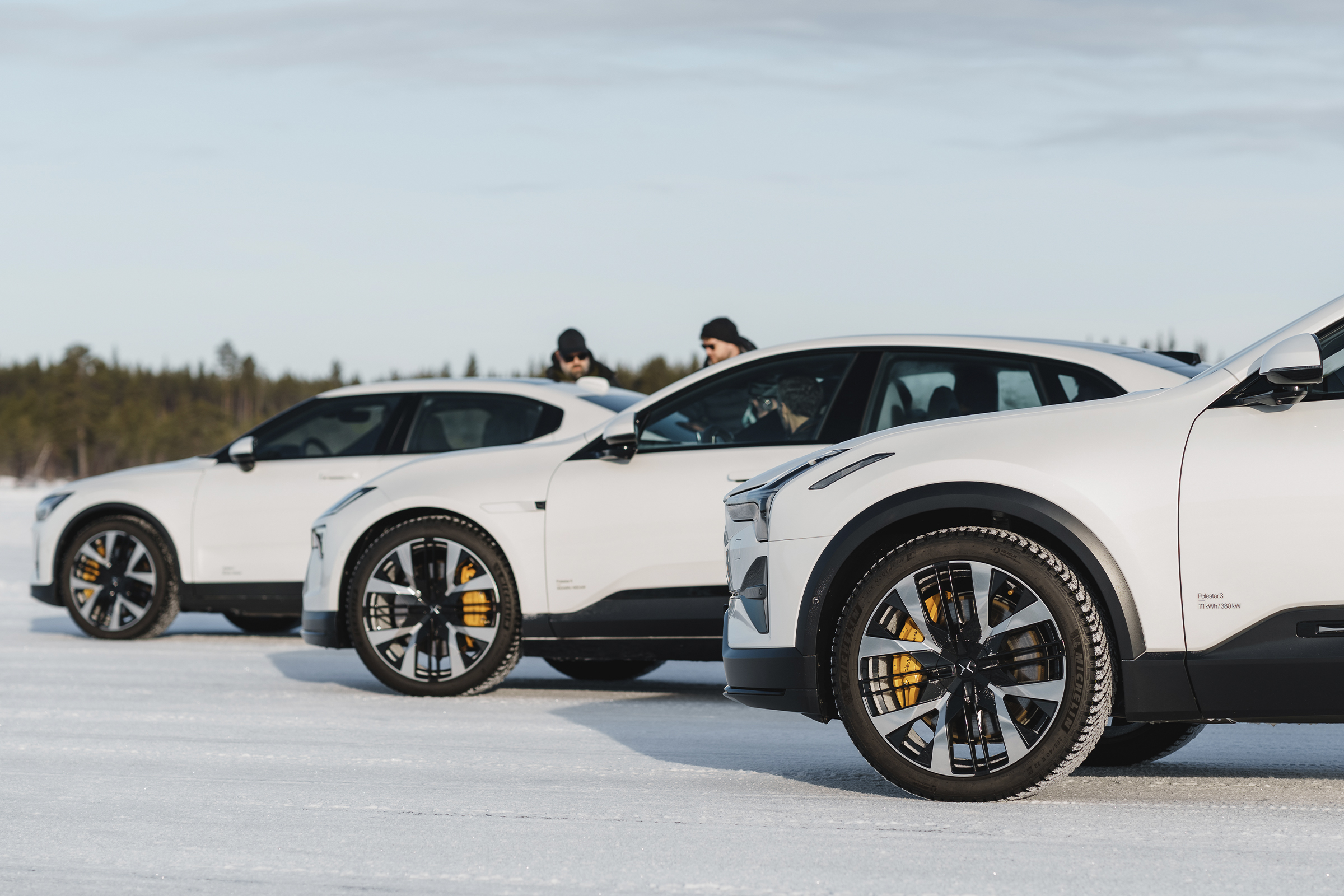
Credit: Polestar
I fall in love with the Polestar 4 most, despite preferring the 2 and 3 much more previously on more typical tarmac conditions. Maybe the 4’s additional front bias helps for sustaining higher speed drifts—and the lack of a rear window definitely presents less of a problem while looking out the side for 90 percent of each lap. But on the larger circuit where the 536 hp (400 kW) 4’s sportier dynamics shine brightest, I typically draw down about half of the 100 kWh battery’s charge in just about 25 minutes.
Cold weather adaptation
The batteries must be warming up, I figure, as I press the pedal to the metal and drift as far and wide as the traction-control programming will allow. Or do the relatively cold ambient temps cut into range? Luckily, Head of Product Beatrice Simonsson awaits after each stint to explain how Polestar ensures that winter weather will not ruin EV performance.
To start, Polestar uses NMC (lithium nickel manganese cobalt) batteries with prismatic cells, unlike the LFP (lithium iron phosphate) chemistry that many other manufacturers are increasingly turning to, largely for cost reasons. Each Polestar vehicle keeps its cells as close to optimum temperature as possible using a heat pump and radiators to circulate 20 liters (5.28 gallons) of coolant, about 5 liters (1.32 gallons) of which specifically regulate the battery temps.
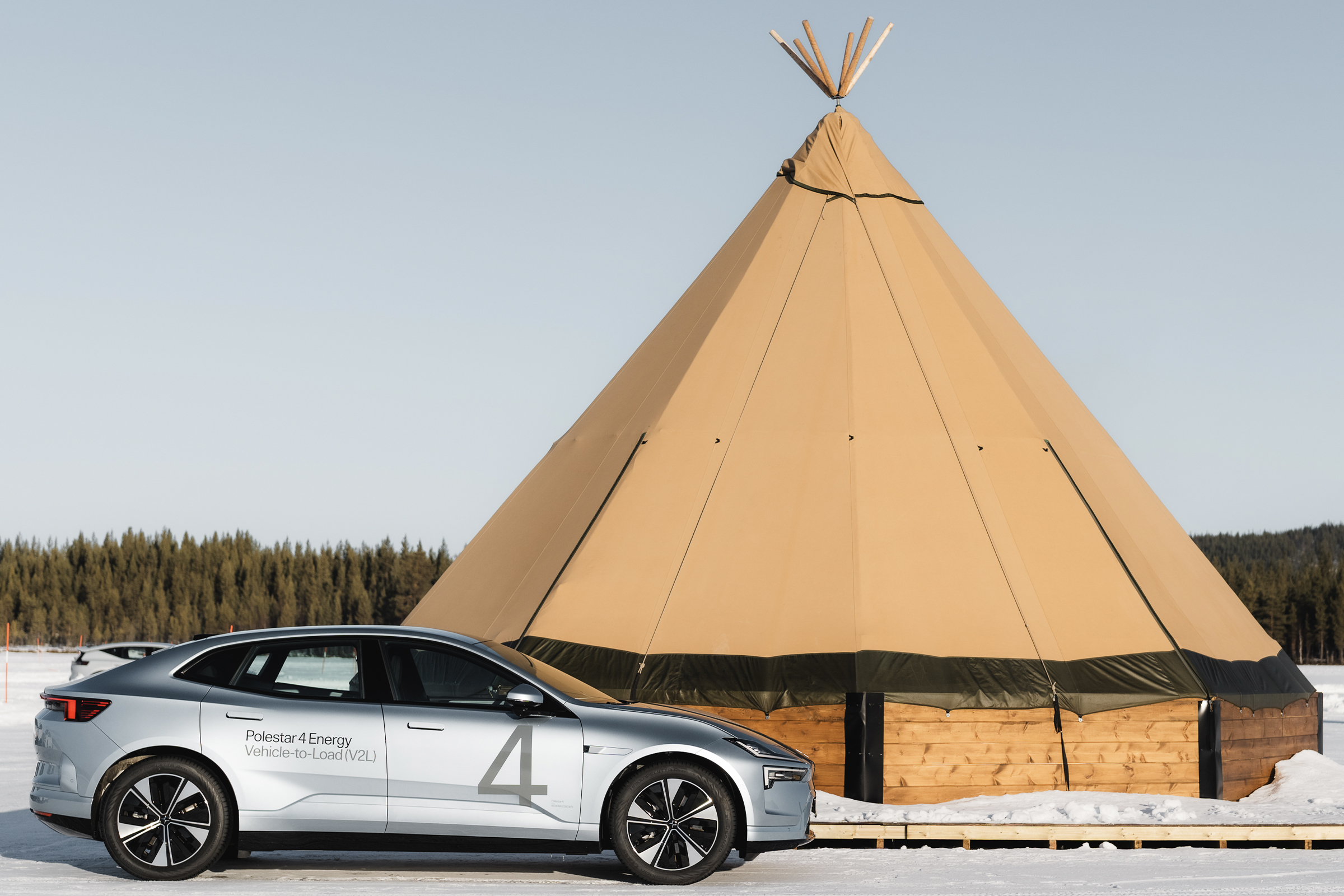
Credit: Polestar
But the biggest surprise that Simonsson reveals involves battery pre-conditioning, which, instead of warming up the NMC batteries, actually focuses mostly on cabin and occupant comfort. She explains that even at 0° C (32° F), using the heat pump to reduce the internal resistance of the battery will only result in a few percent of total range gained. In other words, for short trips, the pre-conditioning process usually eats up more power than it might save. Simonsson also tells me that Polestars will usually run the batteries slightly cooler than the purely optimal temperature to save energy lost to the heat pump.
The Jokkmokk testing regimen often sees temperatures as low as -30° to -35° C (or almost where Celsius and Fahrenheit meet at -40). Even at those temps, the motors themselves don’t mind, since EV range depends more on cell chemistry than the mechanical engineering of radial or axial flux motors. NMC cells can charge faster at lower temperatures than LFP, though parking an EV here for an extended time and letting the batteries truly freeze over may result in temporary performance restrictions for output and charging. Even then, Polestar never sets a lower limit, or simply hasn’t found a minimum temperature where charging and driving capabilities turn off entirely.
The power ratings of the three different Polestars wound up mattering less than how their varying drivetrains managed steering and throttle inputs, sensor measurements, and the resulting power delivery.
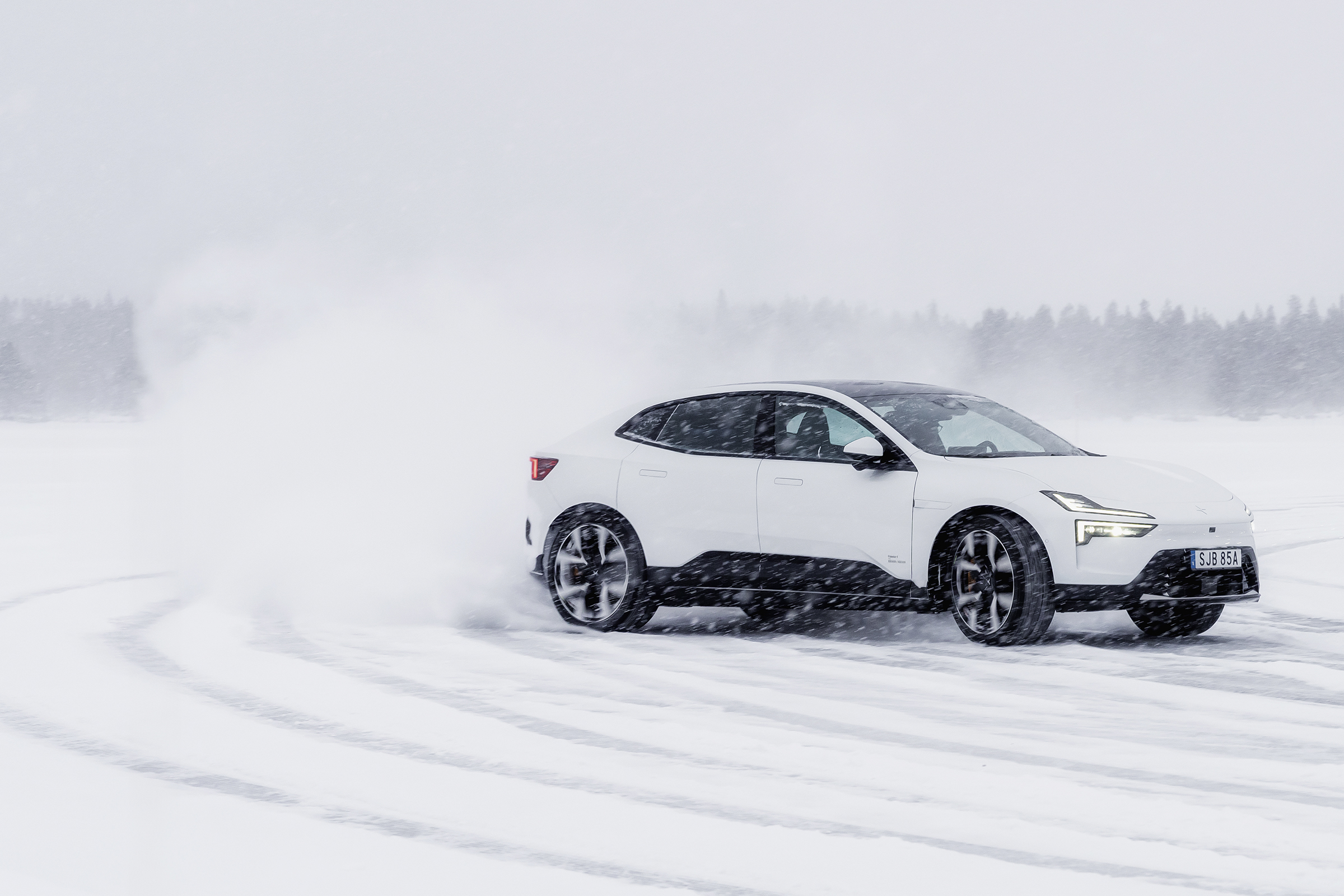
Credit: Polestar
The 3 seems to struggle most, with perhaps too many variables for the computer to confidently handle at pace—front and rear motors, rear torque biasing, more weight, and a higher center of gravity. Rydholm explained from the passenger seat that the accelerometers in the center of the cars come into play all the more in low-traction scenarios, when the g-force calculations need to blend regen up to 0.3 g, for example, or allow for more output with the steering wheel held straight.
Going sideways
I learned quickly that starting drifts with momentum, rather than mashing the go pedal, worked far more effectively. The 2 in particular benefited from this method, since it weighs about 1,000 pounds (454 kg) less than a 3 or 4.
Throughout the day, an experimental duo of vehicle-to-load Polestar 2 prototypes also powered the grouping of huts and tipis, saunas, lights, heaters, and even a kitchen on the ice. We also experienced a few ride-along laps in a trio of Arctic Circle editions. Finished in eye-catching livery plus racing seats, upgraded suspension, roof racks, and most importantly, tires with 4-millimeter studs, the Arctic Circles upped Polestar’s Scandinavian rally racing heritage by a serious measure.
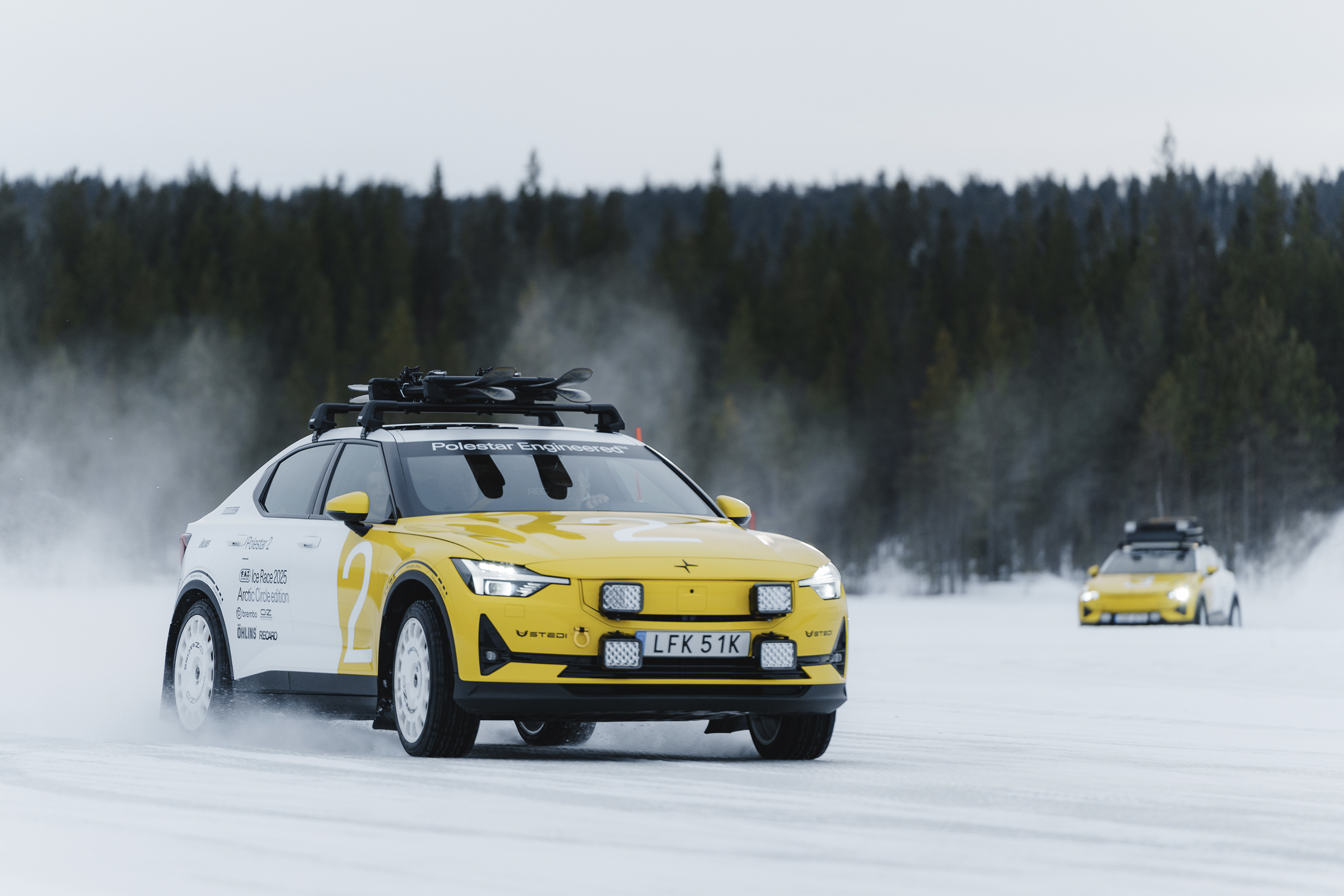
Credit: Polestar
As much as I hope for road-going versions of the Arctic Circle to hit the market, even the stock Polestars provided more evidence that EVs can work—and be fun, engaging, and borderline rambunctious to drive—all in some of the harshest conditions on the planet Earth.
How Polestar engineers EVs that can handle brutal winters Read More »


